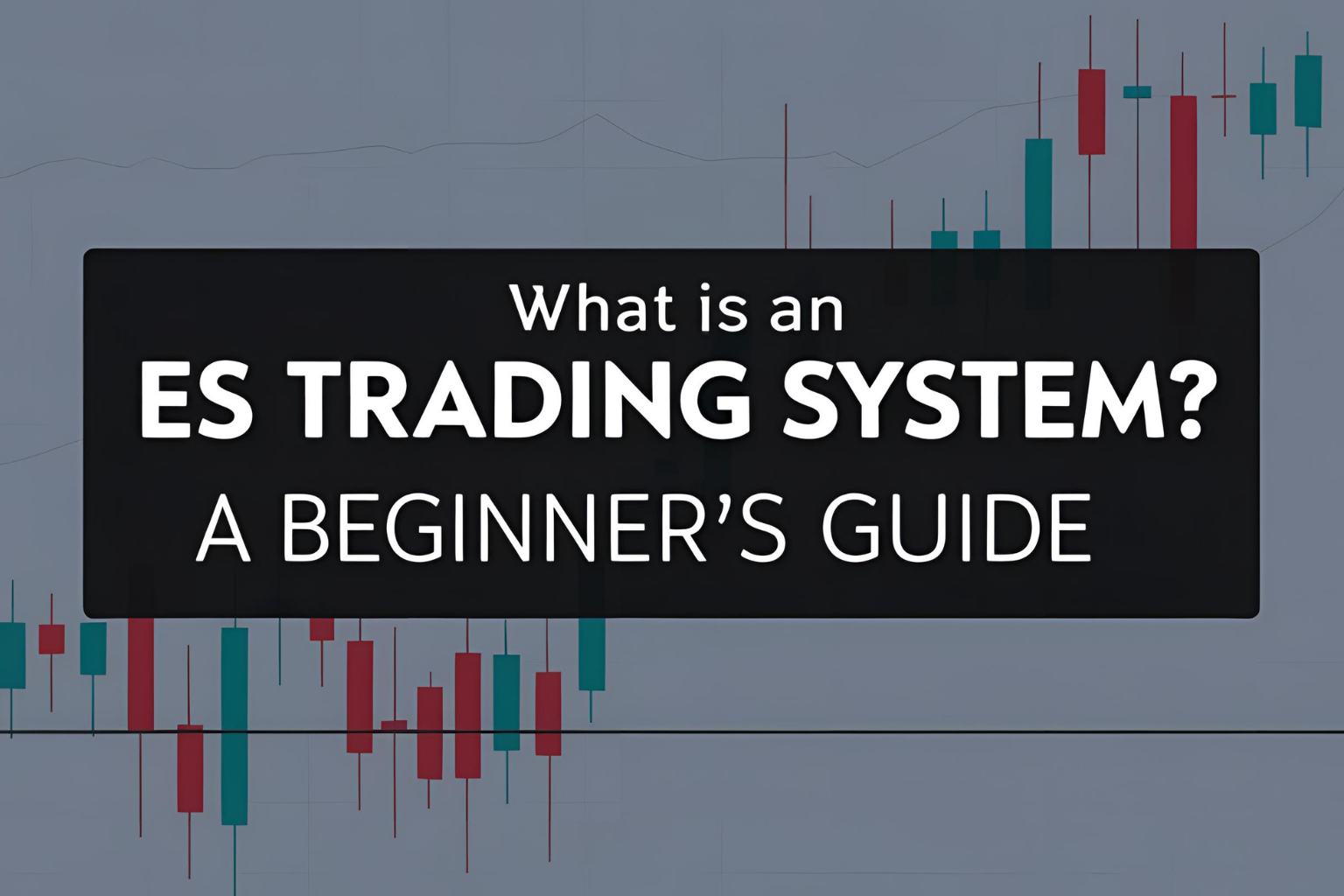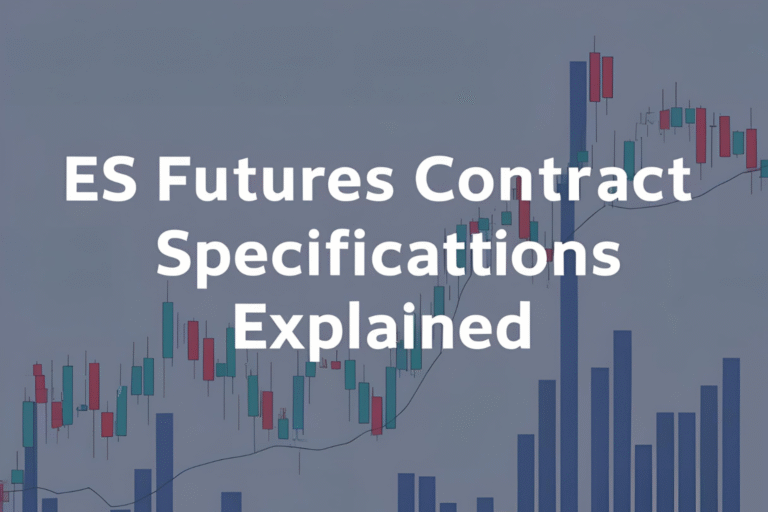What Is an ES Trading System? A Beginner’s Guide
The term “ES trading system” refers to a structured method for trading E-mini S&P 500 futures contracts (symbol: ES). These contracts are one of the most liquid and popular futures in the world, and a well-built trading system helps traders make informed, repeatable decisions.
In this beginner’s guide, we’ll break down what an ES trading system is, how it works, and why it’s essential for anyone trading ES futures.
What Are ES Futures?
ES futures are electronically traded contracts that track the S&P 500 index on the CME (Chicago Mercantile Exchange). These contracts allow traders to speculate on the future price of the S&P 500 index without owning the underlying stocks.
Each ES futures contract represents $50 times the value of the S&P 500 index. So if the index is trading at 4,000, the contract is worth $200,000.
What Is an ES Trading System?
An ES trading system is a set of predefined rules for buying and selling ES futures. It typically includes:
- Entry signals (when to buy or sell)
- Exit signals (when to close a trade)
- Risk management rules
- Position sizing
- Timeframe settings
These systems can be manual (discretionary) or automated (algorithmic). Many traders use chart patterns, technical indicators like Moving Averages, RSI, or ATR, or price action to build their trading logic.
Why Use a Trading System?
Using a trading system provides multiple advantages:
- Consistency – Reduces emotional decision-making
- Backtesting – Allows historical performance testing
- Risk Control – Defines stop loss and position size
- Scalability – Easily adapted for higher capital
Without a proper system, traders often fall into emotional traps like overtrading, revenge trading, or poor risk allocation.
Key Components of a Simple ES Trading System
Let’s look at the basic building blocks of a beginner-friendly ES trading system:
| Component | Description |
|---|---|
| Entry Rule | Buy when the price crosses above a 20-period moving average |
| Exit Rule | Sell when the price crosses below the same average |
| Stop Loss | Fixed 10-point stop |
| Target | 20-point profit target |
| Timeframe | 5-minute or 15-minute chart |
Such systems can be adjusted based on volatility, market conditions, and trading hours.
Manual vs. Algorithmic ES Trading
- Manual Systems: You follow the rules and place trades manually.
- Algorithmic Systems: Trades are executed automatically by software (e.g., NinjaTrader, Tradestation, or custom bots).
Algorithmic systems are popular among professional traders but require coding knowledge and rigorous backtesting.
How to Get Started with an ES Trading System
- Learn the basics of ES futures, tick size, margin, and contract specs.
- Choose a trading platform (like ThinkorSwim, TradingView, or NinjaTrader).
- Start with a demo account to test your rules without real money.
- Backtest your strategy with historical ES data.
- Refine and go live with small capital.
Final Thoughts
A strong ES trading system can help you trade smarter and with more confidence. Whether you’re looking to day trade or swing trade the ES contract, having a structured approach is key.
As we continue exploring this topic, upcoming blogs will cover specific strategies, platforms, and real-time chart analysis to strengthen your trading journey.
✅ FAQs
1. What is an ES trading system?
It’s a structured strategy to trade E-mini S&P 500 (ES) futures using predefined rules.
2. How do you start trading ES futures?
Open an account with a broker, choose a platform, and start with a demo or backtested strategy.
3. Are ES trading systems profitable?
Yes, if properly designed, tested, and executed with risk control.
4. Can you automate ES trading?
Yes, many traders use algorithmic trading systems on platforms like NinjaTrader or TradeStation.
5. Is ES trading good for beginners?
It can be, especially with a demo account and a simple, rule-based system.


